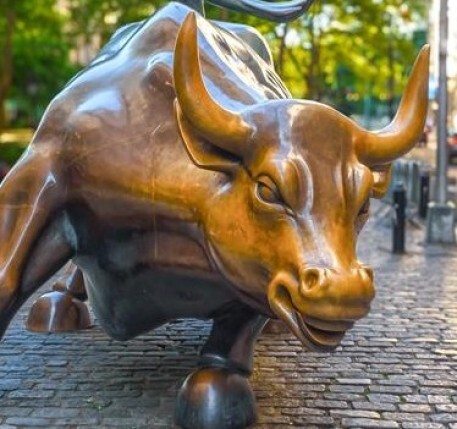Caught between inflationary pressures, monetary tightening and more recently fears of recession, the financial markets ended this first half almost at their lowest level of the year. Long predicted, the purge on bond markets is here with the worst start to the year since the 1990s. While rates have recently fallen in the face of recessionary fears (+151 bps on the German 10-year bond since the start of the year at the end of June against +195 bps at the mid-June high), with the return of a flight to quality movement, credit spreads are reaching record levels. At these market levels, we can speak of capitulation as the levels are so far from the fundamentals: the current credit spreads would amount to considering a default rate of more than 10% at 5 years on the Investment Grade and of around 35% on the High Yield… We would be close to the apocalypse!
On the macroeconomic levels, fears of recession are becoming more and more significant in the United States. Household spending for the month of May thus came out below expectations (0.2% against 0.4% expected and 0.9% the previous month). Restated for the price increase, they fell by -0.4% in volume against +0.7% the previous month. This trend was also confirmed by the marked drop in the ISM manufacturing index for June, which nevertheless remains in an expansionary phase but with a contraction in new orders, a first since May 2020. The estimated GDP calculated by the Atlanta Fed, fell largely into negative territory for the second quarter at -2.1% against +0.26% a week earlier. The only positive element to note is core PCE inflation, the inflation indicator monitored by the Fed, which fell for the second month in a row.
As for the euro zone, the situation is doubly problematic since the economy is slowing down and inflation continues to rise, still impacted by energy prices, with the sword of Damocles of a total halt in deliveries of gas from Russia. In June, inflation for the euro zone thus reached a new high, with an increase of 0.5% over the month to reach 8.6% on an annual basis. During the annual Central Bankers Forum in Sintra, Christine Lagarde reiterated her desire to fight inflation at all costs by going “as far as necessary for inflation to stabilize” towards 2%. Although it has confirmed a 25 bps increase in key rates for the July meeting, the next increases will be totally dependent on the inflation figures and the ECB could therefore move up a gear in September. But the President of the ECB was especially expected on the "anti-fragmentation" tool which should soon be launched without her having really succeeded in meeting expectations, the possibilities being ultimately quite limited because they must be "Europe compliant" and in link with the ongoing monetary tightening (i.e. without adding liquidity to the economy). Everything will therefore be a question of credibility, which central banks are already trying to regain after having lost it in 2021 in their fight against inflation.










